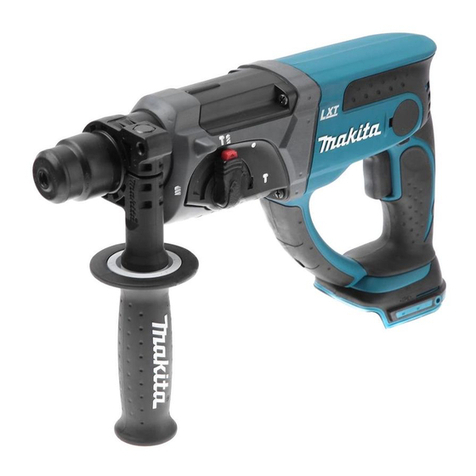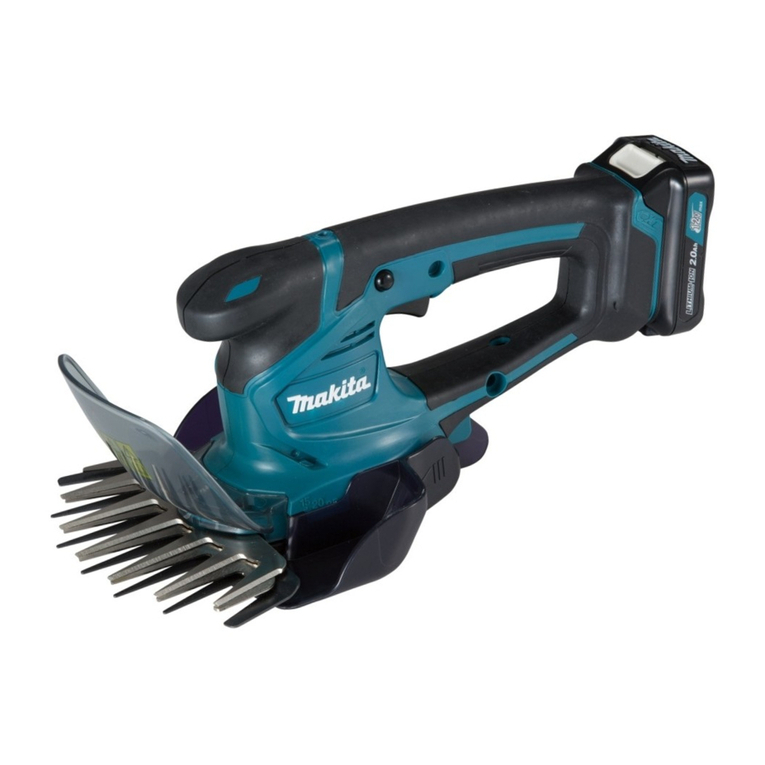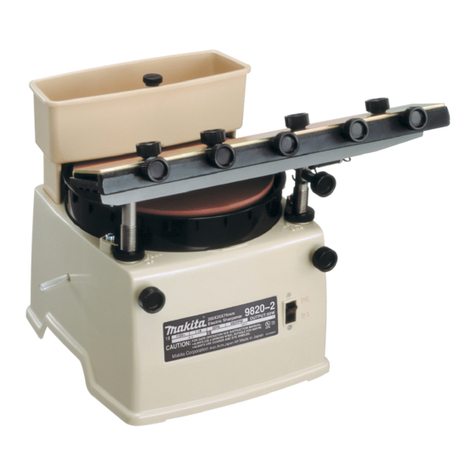Makita HR004G User manual
Other Makita Power Tools manuals
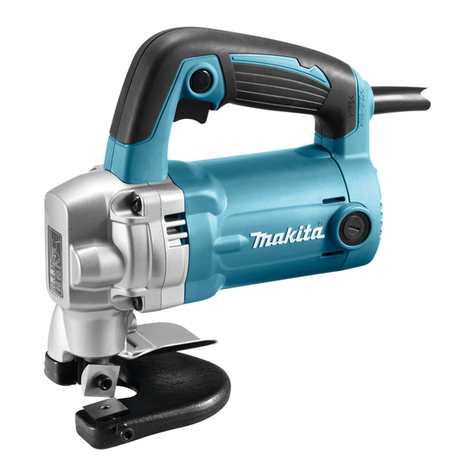
Makita
Makita JS3201 User manual

Makita
Makita HM1500B User manual
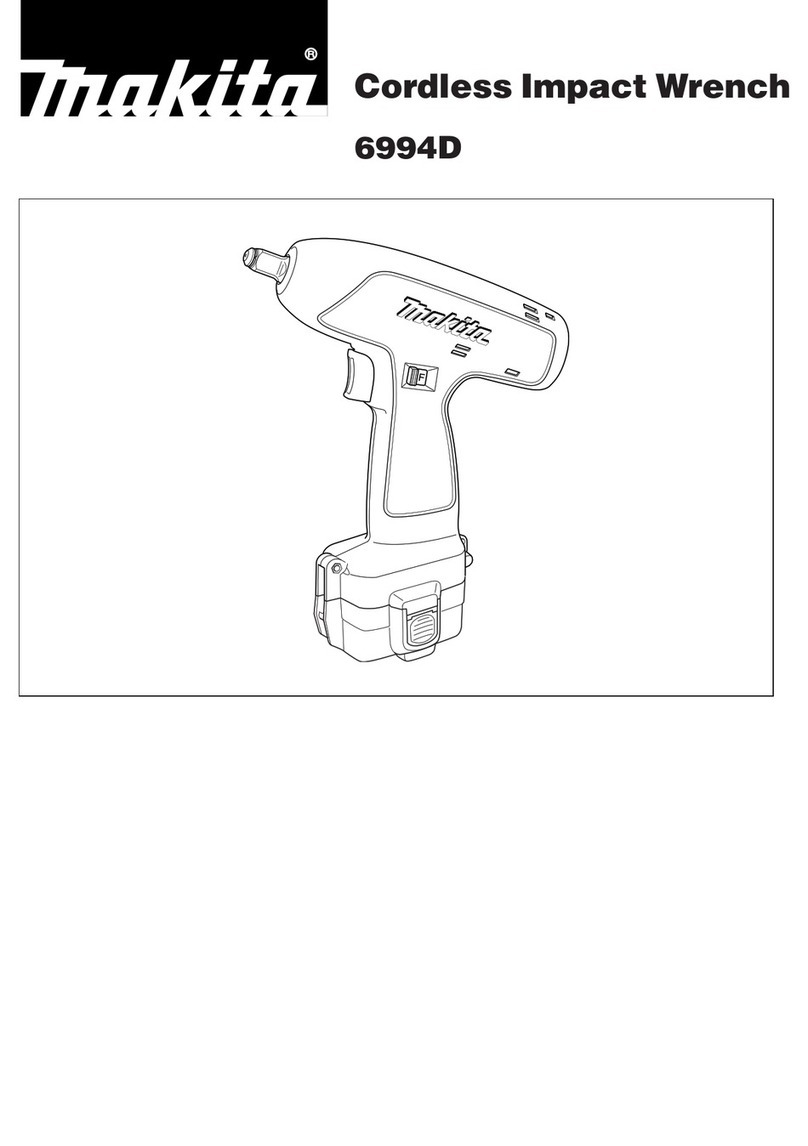
Makita
Makita 6994D User manual
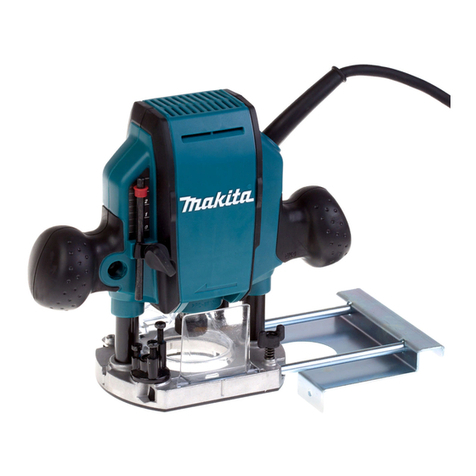
Makita
Makita RP0900X User manual
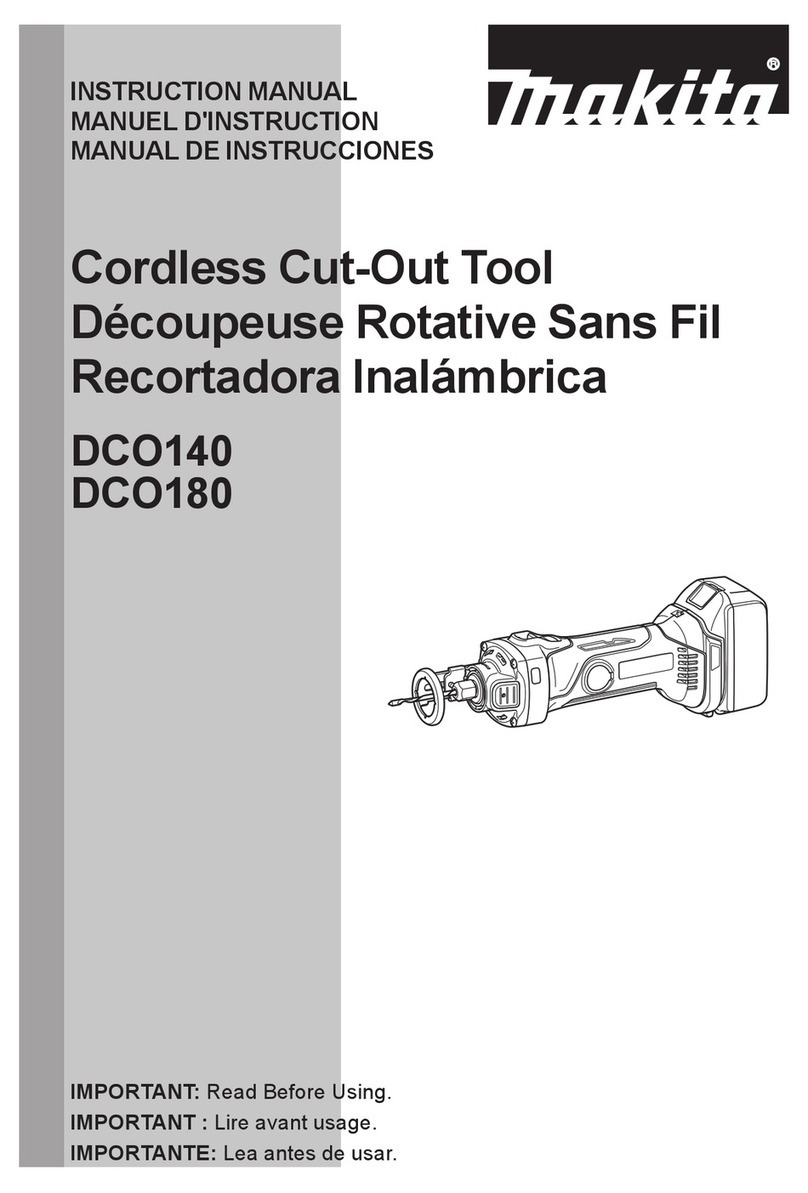
Makita
Makita DCO140 User manual

Makita
Makita 6917FD User manual

Makita
Makita VR250DA User manual
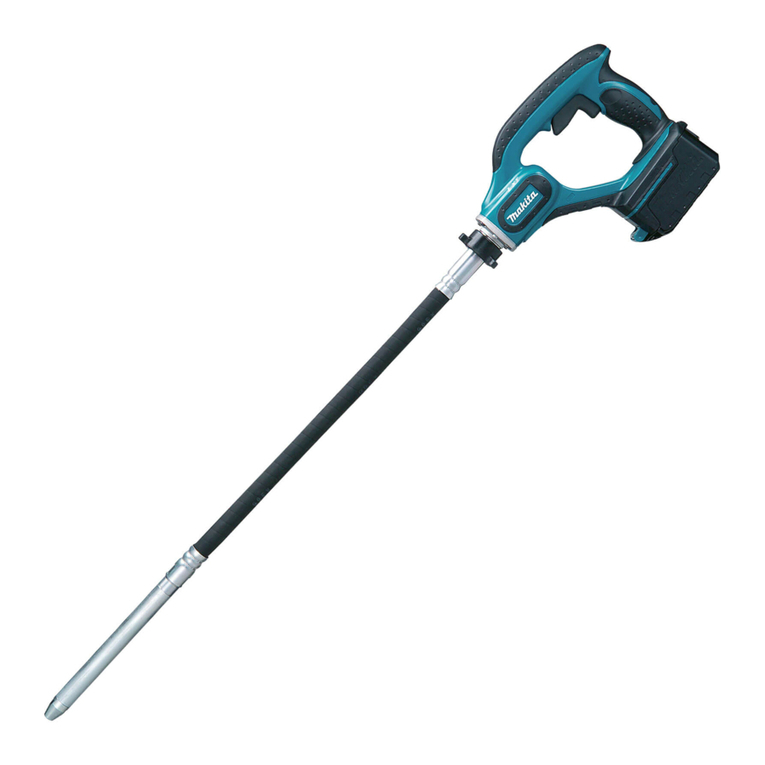
Makita
Makita DVR340 User manual
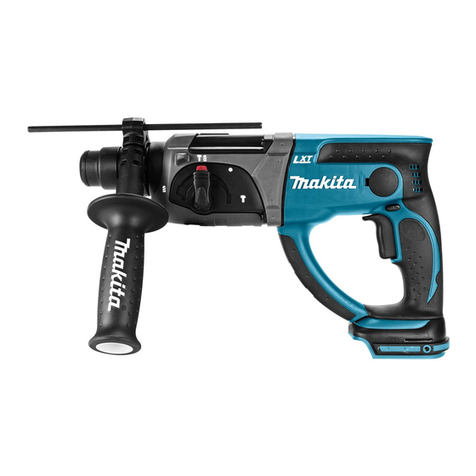
Makita
Makita DHR202 User manual
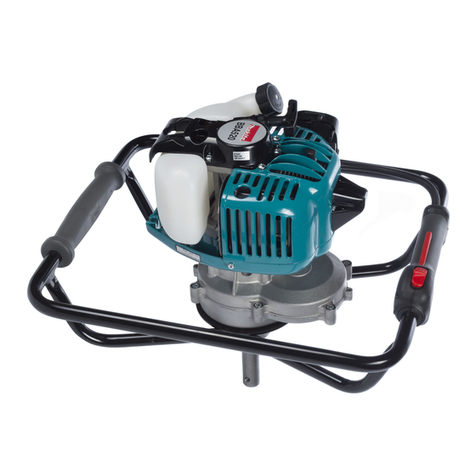
Makita
Makita BBA 520 User manual
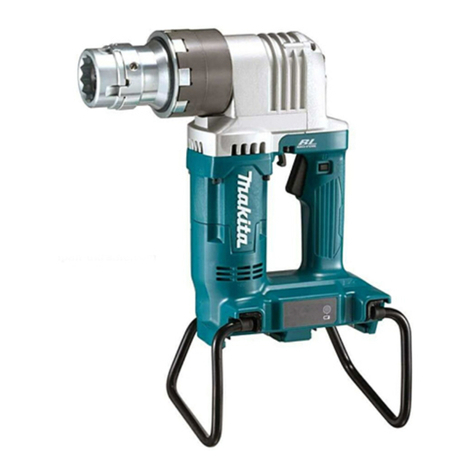
Makita
Makita DWT310 User manual
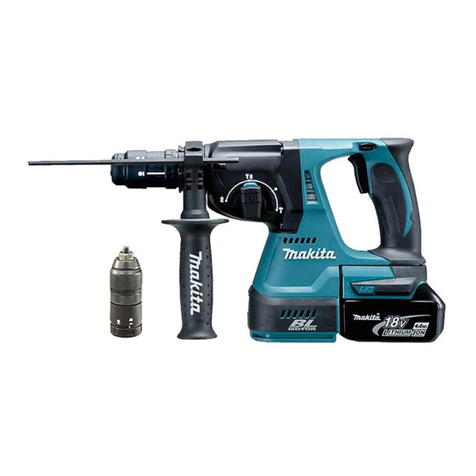
Makita
Makita DHR242 User manual
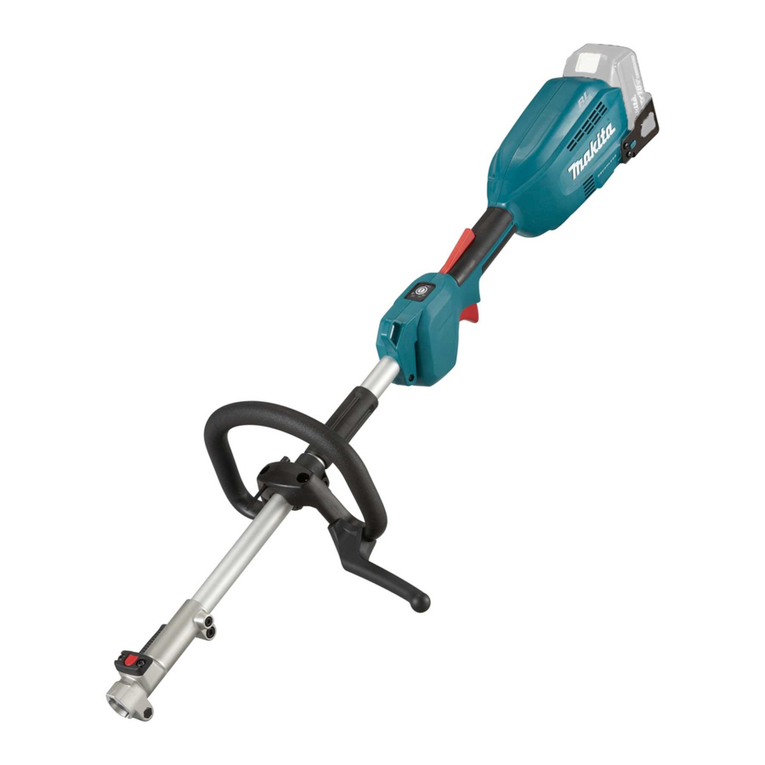
Makita
Makita DUX18 User manual

Makita
Makita DST221 User manual
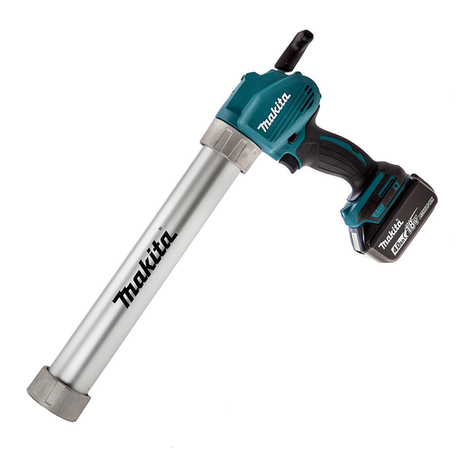
Makita
Makita DCG180RMB User manual

Makita
Makita HR2630 User manual
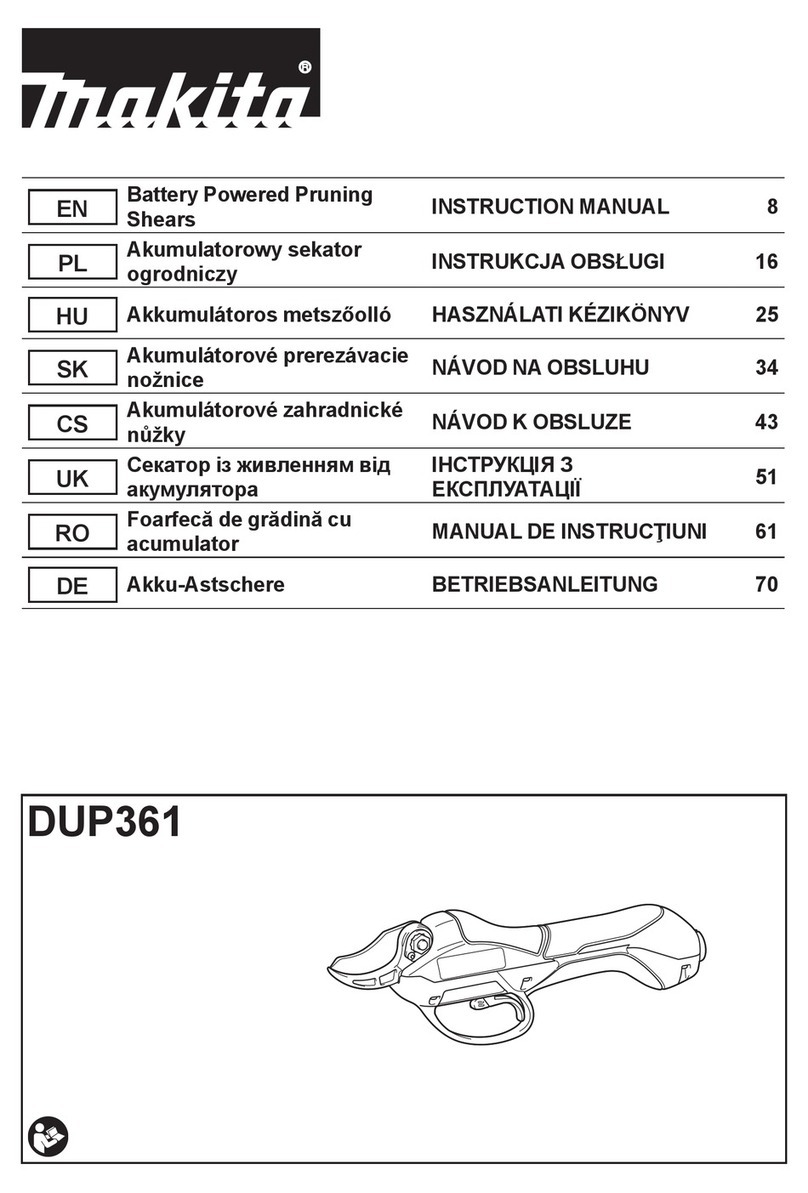
Makita
Makita DUP361 User manual
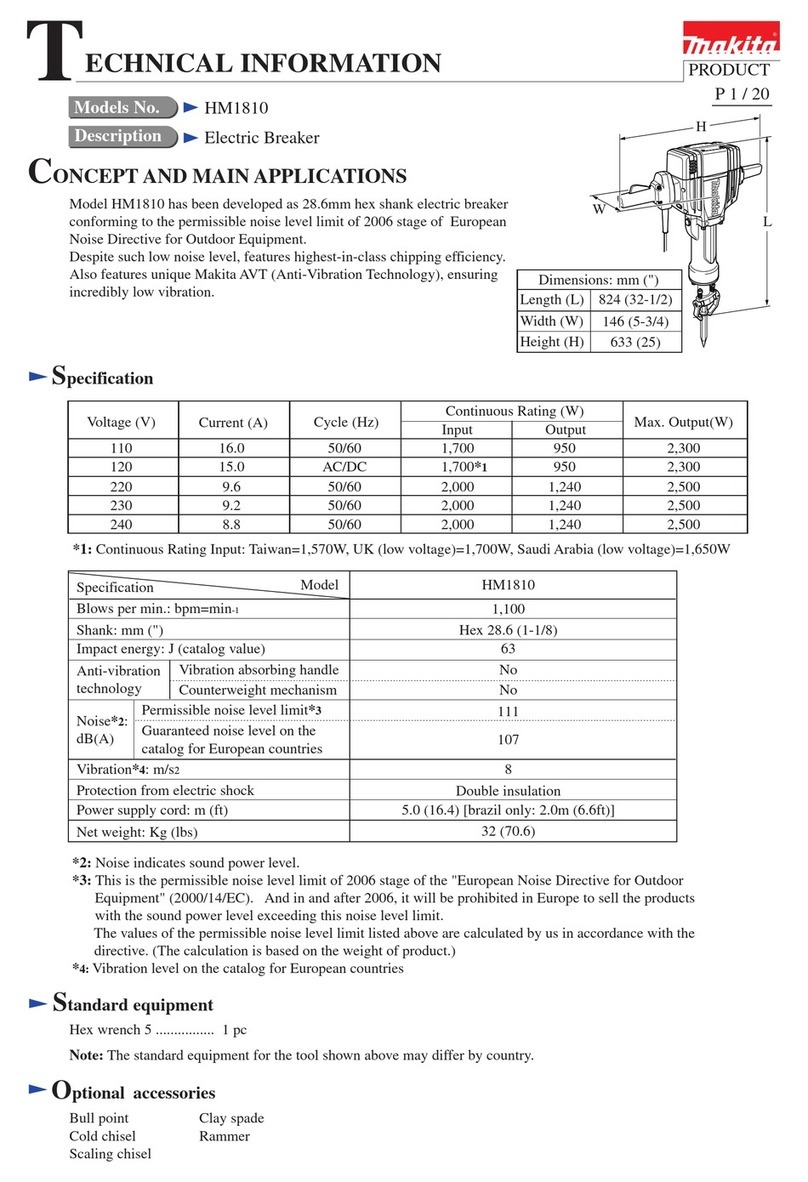
Makita
Makita HM1810 User manual
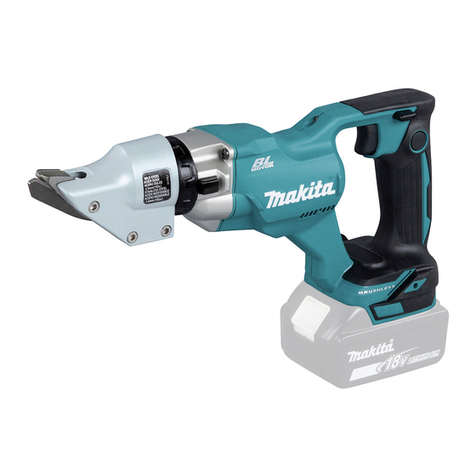
Makita
Makita DJS200 User manual

Makita
Makita HM1801 User manual
Popular Power Tools manuals by other brands

Senco
Senco DuraSpin ExTPro installation instructions

Ferm
Ferm JSM1020 Original instructions

Milwaukee
Milwaukee M12 FUEL 2559-20 Operator's manual

EINHELL
EINHELL BT-CD 12/2 operating instructions

Evolution
Evolution HDG200 instruction manual

National Flooring Equipment
National Flooring Equipment 7700 Service manual
